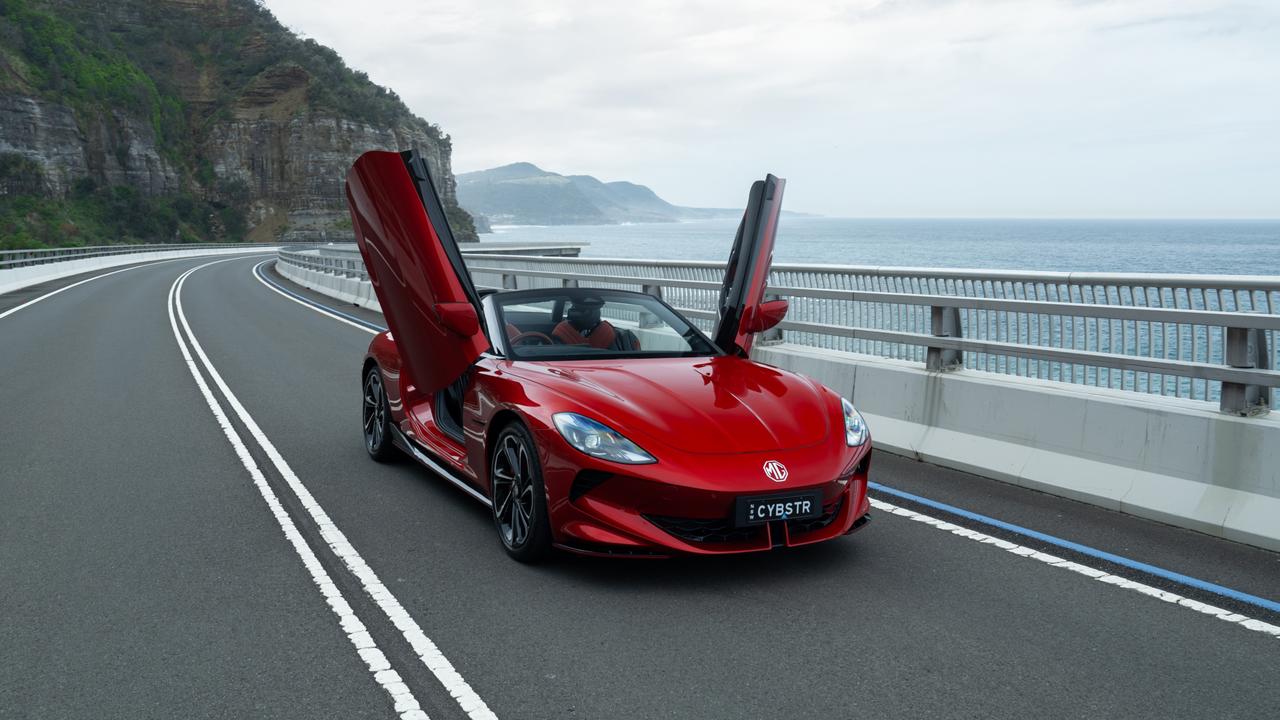2023 GWM Tank 300 Hybrid new car review
Some of the world’s most renowned off-roaders haven’t been able to achieve what this new four-wheel drive has, but there is one big issue with it.
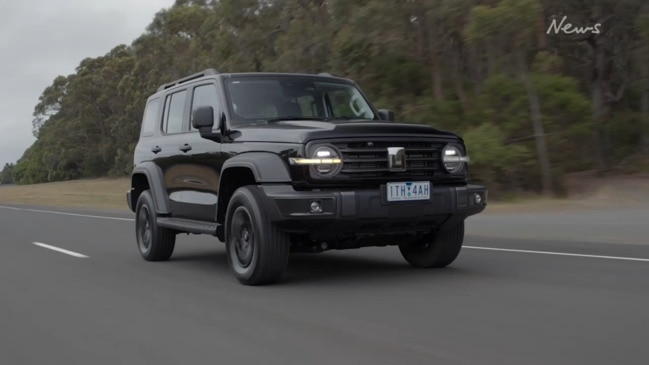
New Cars
Don't miss out on the headlines from New Cars. Followed categories will be added to My News.
Meet the bush basher that’s kinder to the environment. The GWM Tank 300 is the first genuine off-road wagon to reach our shores from China and the first with the choice of hybrid power.
But if you opt for the petrol-electric model, be prepared to pay handsomely for the privilege. It costs $9000 more than the petrol version and doesn’t have a lot more equipment for the extra spend.
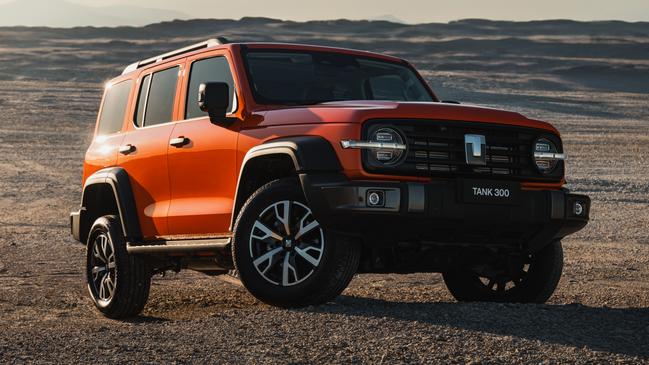
What it does have, however, is a lot more grunt. GWM claims the combined outputs of the electric motor and 2.0-litre turbo petrol engine are a mighty 255kW and 648Nm. To cope with the extra power and torque, GWM replaces the eight-speed auto in the standard model with a nine-speed unit.
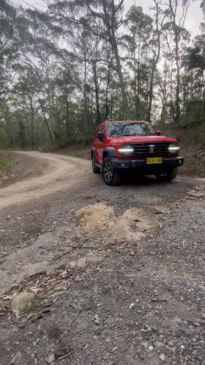
The Tank 300 doesn’t feel as quick as those numbers would suggest, though. The kerb weight of 2.3 tonnes dulls initial takeoff and we found the power delivery strangely inconsistent. Most of the time it feels pretty lively but on occasions it seems sluggish.

The hybrid also falls short where you’d expect it to excel. The claimed average fuel consumption is disappointingly high at 8.4L/100km. Toyota’s hybrid Kluger – a bigger vehicle with seating for seven – uses a claimed 5.6L/100km. The normal petrol Kluger only uses 8.5L/100km.
The Tank also struggles to get near the claimed fuel use. On our test drive, which included long stretches of freeway driving, it averaged roughly 11L/km. In town, where hybrids are usually at their most efficient, that crept up to 14L/100km.
If you want to fully exploit the Tank’s 2500kg towing capacity then the hybrid makes sense, but for everyday driving the petrol versions make a more compelling case.
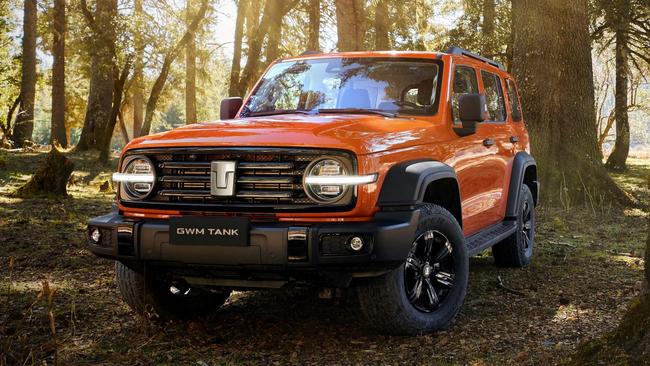
The shortcomings are a shame, because the Tank makes a strong first impression. It looks tough – in a Jeep Wrangler sort of way – with boxy proportions, a bluff front end and bulging wheel arches.
The cabin feels luxurious for the price, with Mercedes-Benz style circular air vents, soft-touch materials, tasteful surface treatments and classy twin digital screens.
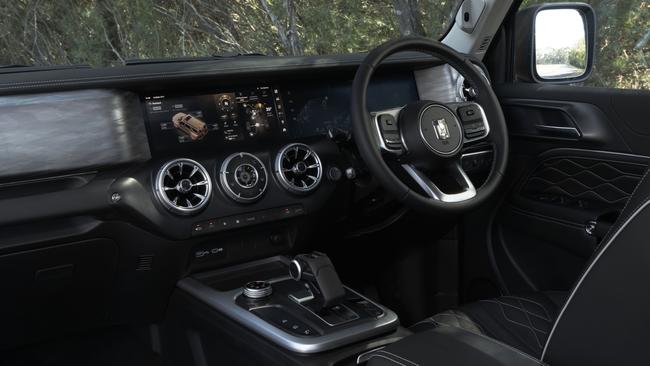
The Lux model appears value for money when compared with competition such as the Wrangler. There are faux-leather seats, a sunroof, ambient lighting and a decent audio system.
The fully loaded Ultra Hybrid, which costs $60,990 drive-away, ups the ante with heated, cooled and massaging Nappa leather seats up front, a wireless device charger and a nine-speaker Infinity audio system.

Rear passengers are well looked after with their own air vents, USB ports and plenty of head and leg room. The rear load area is fairly small, though. The ride is comfortable for the most part and the Tank corners with a reasonable amount of composure for a tall, off-road focused vehicle.
Around town, it can feel a little unwieldy. It has a big turning circle, which makes parking and three-point turns in tight city streets a challenge.
A generous seven-year warranty, five years of complimentary roadside assistance and a reasonable five-year capped price servicing plan suggest the ownership experience should be relatively fuss-free.

The Tank is a genuine off-roader. It has reasonable approach and departure angles of 33 and 34 degrees respectively, heavy duty underbody protection and 224mm of ground clearance. The Lux has a locking rear diff, while the Ultra adds a lock on the front diff. Both models also have a rock-crawling function and a camera that scans beneath the vehicle and relays a video feed to the centre screen.
Drivers can choose from a range of settings for different surfaces. The full-size spare tyre also adds to its off-road ability.
The Tank scored five stars in independent crash tests and has a host of driver aids including blind-spot warning, lane-keeping assistance, active cruise control, traffic sign recognition and rear cross-traffic alert with auto braking.
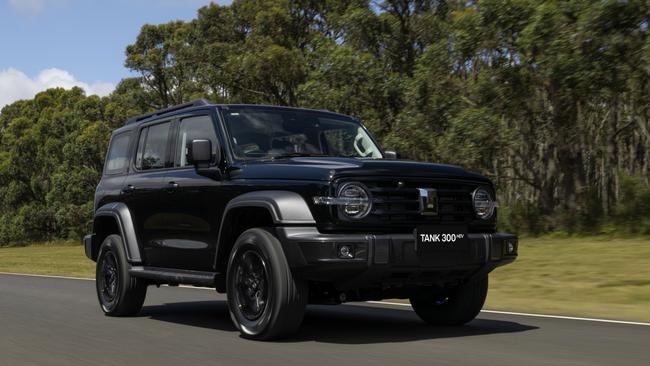
Unfortunately the crash avoidance tech is poorly calibrated and overly intrusive. The lane-keeping warning beeps and intervenes with heavy-handed steering inputs even when you’re well between the lines on the freeway. The driver attention function, which scans your face for signs of distraction, will sound an alarm if you glance in your side mirrors for a fraction too long. A software fix would make the Tank a lot more pleasant to drive.
VERDICT 2.5/5
The Tank 300 Hybrid is hard to recommend, despite its impressive cabin and off-road ability. The petrol version is the better bet.
GWM TANK 300 HYBRID LUX
PRICE: $55,990 drive-away
ENGINE: 2.0-litre turbocharged petrol engine and electric motor, 255kW and 648Nm
WARRANTY/SERVICING: Seven-year/unlimited km, $2000 over five years
SAFETY: Auto emergency braking, lane-keep and blind-spot assist, rear cross-traffic alert
SPARE: Full size
THIRST: 8.4L/100km
LUGGAGE: 400 litres
Originally published as 2023 GWM Tank 300 Hybrid new car review


